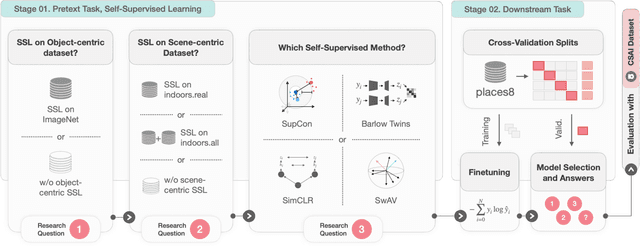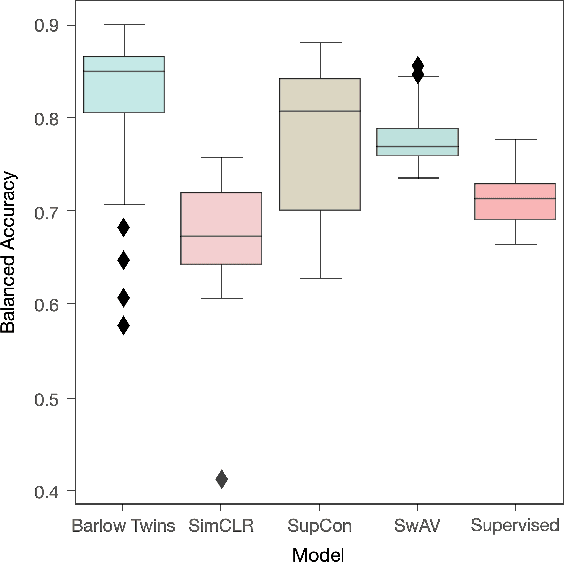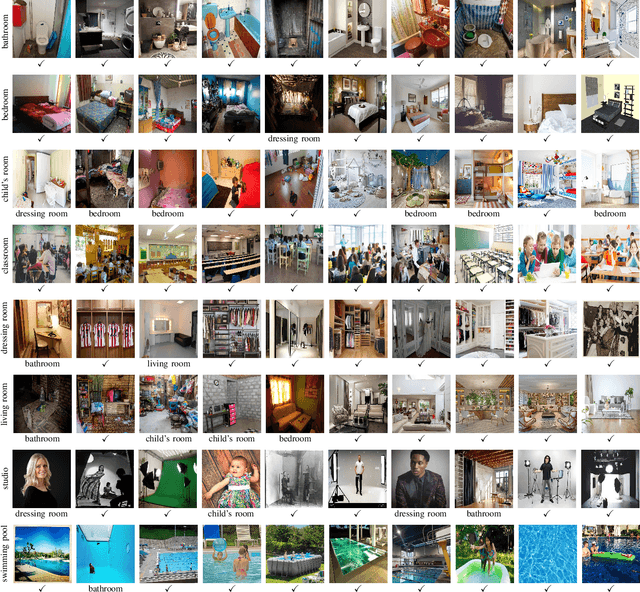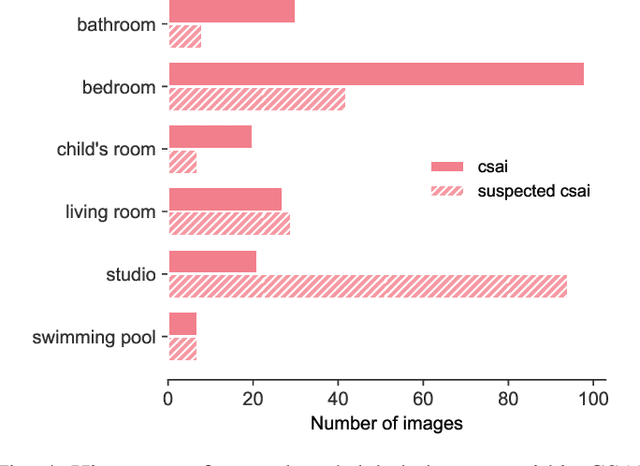Leveraging Self-Supervised Learning for Scene Recognition in Child Sexual Abuse Imagery
Paper and Code
Mar 02, 2024



Crime in the 21st century is split into a virtual and real world. However, the former has become a global menace to people's well-being and security in the latter. The challenges it presents must be faced with unified global cooperation, and we must rely more than ever on automated yet trustworthy tools to combat the ever-growing nature of online offenses. Over 10 million child sexual abuse reports are submitted to the US National Center for Missing & Exploited Children every year, and over 80% originated from online sources. Therefore, investigation centers and clearinghouses cannot manually process and correctly investigate all imagery. In light of that, reliable automated tools that can securely and efficiently deal with this data are paramount. In this sense, the scene recognition task looks for contextual cues in the environment, being able to group and classify child sexual abuse data without requiring to be trained on sensitive material. The scarcity and limitations of working with child sexual abuse images lead to self-supervised learning, a machine-learning methodology that leverages unlabeled data to produce powerful representations that can be more easily transferred to target tasks. This work shows that self-supervised deep learning models pre-trained on scene-centric data can reach 71.6% balanced accuracy on our indoor scene classification task and, on average, 2.2 percentage points better performance than a fully supervised version. We cooperate with Brazilian Federal Police experts to evaluate our indoor classification model on actual child abuse material. The results demonstrate a notable discrepancy between the features observed in widely used scene datasets and those depicted on sensitive materials.
 Add to Chrome
Add to Chrome Add to Firefox
Add to Firefox Add to Edge
Add to Edge